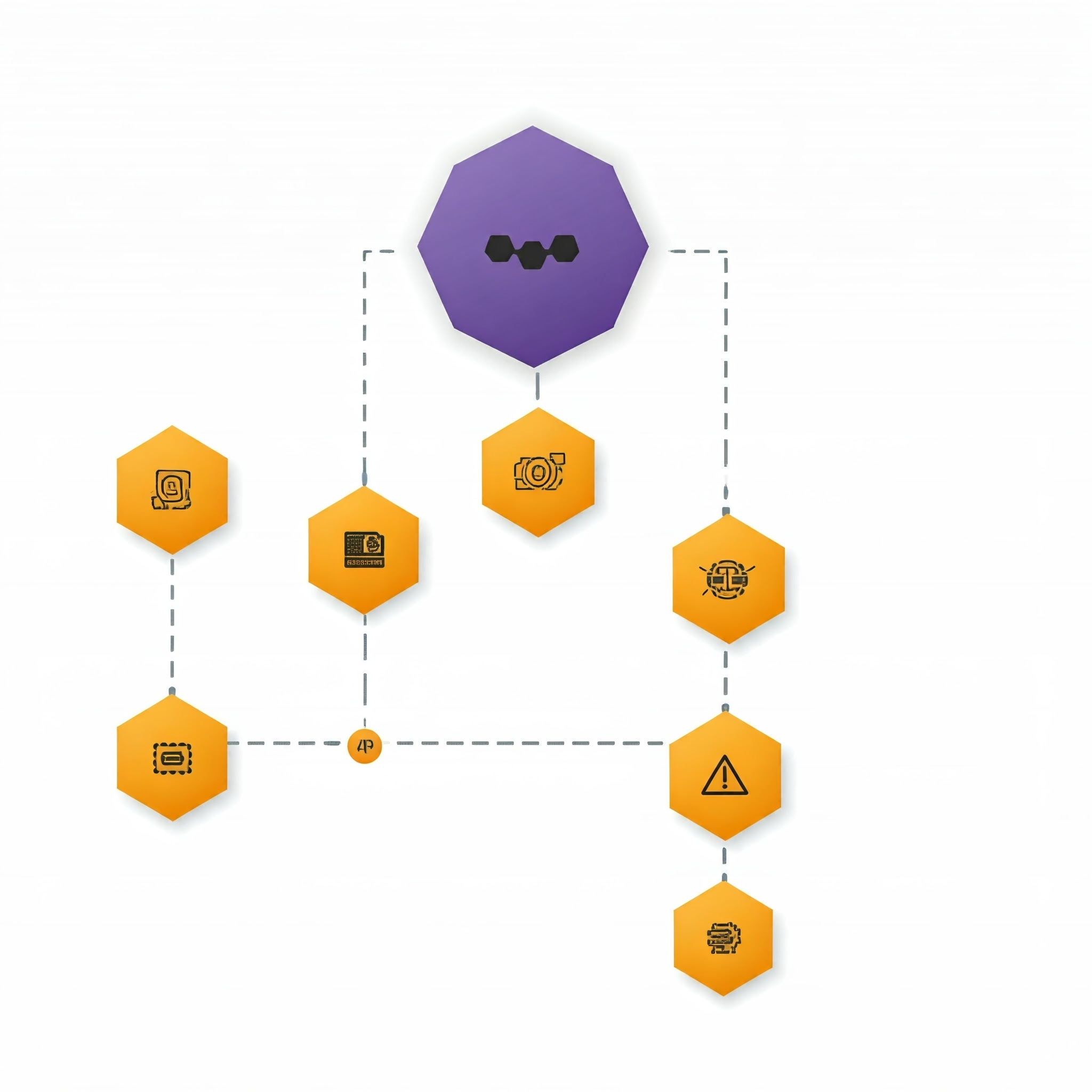Strategic DDD: The Power Dynamics of Upstream/Downstream Relationships
Welcome to our exploration of Domain-Driven Design's strategic patterns! In this post, we'll do a deep dive into one of the fundamental bounded context relationships: the Upstream/Downstream pattern.
Understanding Upstream/Downstream
Think of this relationship like a river system - while the upstream flow affects everything downstream, what happens downstream doesn't impact the upstream flow. In software architecture, this creates a clear power dynamic between contexts, where downstream teams must adapt to changes made upstream, but not vice versa.
Detailed Analysis
The upstream/downstream relationship establishes a clear dependency direction between contexts. The success of downstream teams depends on the upstream context, while the upstream context can evolve independently. This asymmetric relationship is common in platform architectures and core domain services.
Architectural Dimensions:
Coordination Model: Typically favours orchestration, as the upstream context often controls the flow of interactions. The upstream context acts as the conductor, directing how downstream contexts should adapt and respond.
Communication Model: Usually implements asynchronous communication to reduce coupling, though synchronous calls are common in real-time dependencies.
Consistency Model: Often requires atomic consistency within the upstream context, with eventual consistency acceptable for downstream propagation.
Perfect for:
Core domain services
Platform teams
Shared infrastructure services
Foundational business capabilities
Cross-cutting technical services
Base data providers
NFR Alignment:
Maintainability: ⭐⭐⭐⭐⭐
Extensibility: ⭐⭐⭐⭐
Scalability: ⭐⭐⭐
Performance: ⭐⭐⭐⭐
Real-world Examples:
A payment processing service (upstream) serving multiple e-commerce applications (downstream)
Authentication service (upstream) providing identity services to multiple business applications
Master data management system (upstream) feeding reference data to operational systems
API gateway (upstream) serving multiple client applications (downstream)
Tradeoffs & Challenges
Architectural Challenges:
Risk of creating monolithic upstream services
Complex versioning of upstream APIs
Difficulty in handling downstream-specific requirements
Potential performance bottlenecks at upstream services
Challenge in maintaining backward compatibility
Scaling complexity for upstream services
Integration testing complications across multiple versions
Organisational Impacts:
Downstream teams have limited influence on upstream decisions
Risk of upstream teams becoming overwhelmed with requests
Communication overhead in managing multiple downstream consumers
Potential for upstream team to become a bottleneck
Difficulty in prioritising competing downstream needs
Challenge in maintaining documentation for multiple consumers
Risk of "ivory tower" syndrome in upstream teams
Best Practices
API Management
Implement robust versioning
Provide clear deprecation policies
Maintain comprehensive documentation
Offer migration guides
Change Management
Establish clear communication channels
Provide advance notice of changes
Maintain backward compatibility
Consider long deprecation cycles
Performance Optimisation
Implement caching strategies
Consider rate limiting
Monitor usage patterns
Plan for scale
Team Organization
Define clear escalation paths
Establish SLAs
Regular stakeholder meetings
Feedback mechanisms for downstream teams
Architect's Alert 🚨
While upstream/downstream relationships provide clear power dynamics and separation of concerns, they require careful management to prevent the upstream context from becoming a bottleneck. Pay special attention to API design and evolution, as changes can have widespread impacts on downstream consumers.
Implementation Strategies
API Design
Use semantic versioning
Design for extensibility
Implement feature toggles
Consider compatibility layers
Monitoring and Observability
Track upstream service health
Monitor downstream usage patterns
Implement detailed logging
Set up alerting for issues
Change Management
Document all changes
Provide migration tools
Maintain test environments
Support multiple versions
Conclusion
The upstream/downstream pattern is powerful but requires careful consideration of its implications. Success lies in finding the right balance between upstream autonomy and downstream needs.
What challenges have you faced in implementing upstream/downstream relationships? How did you address them?


